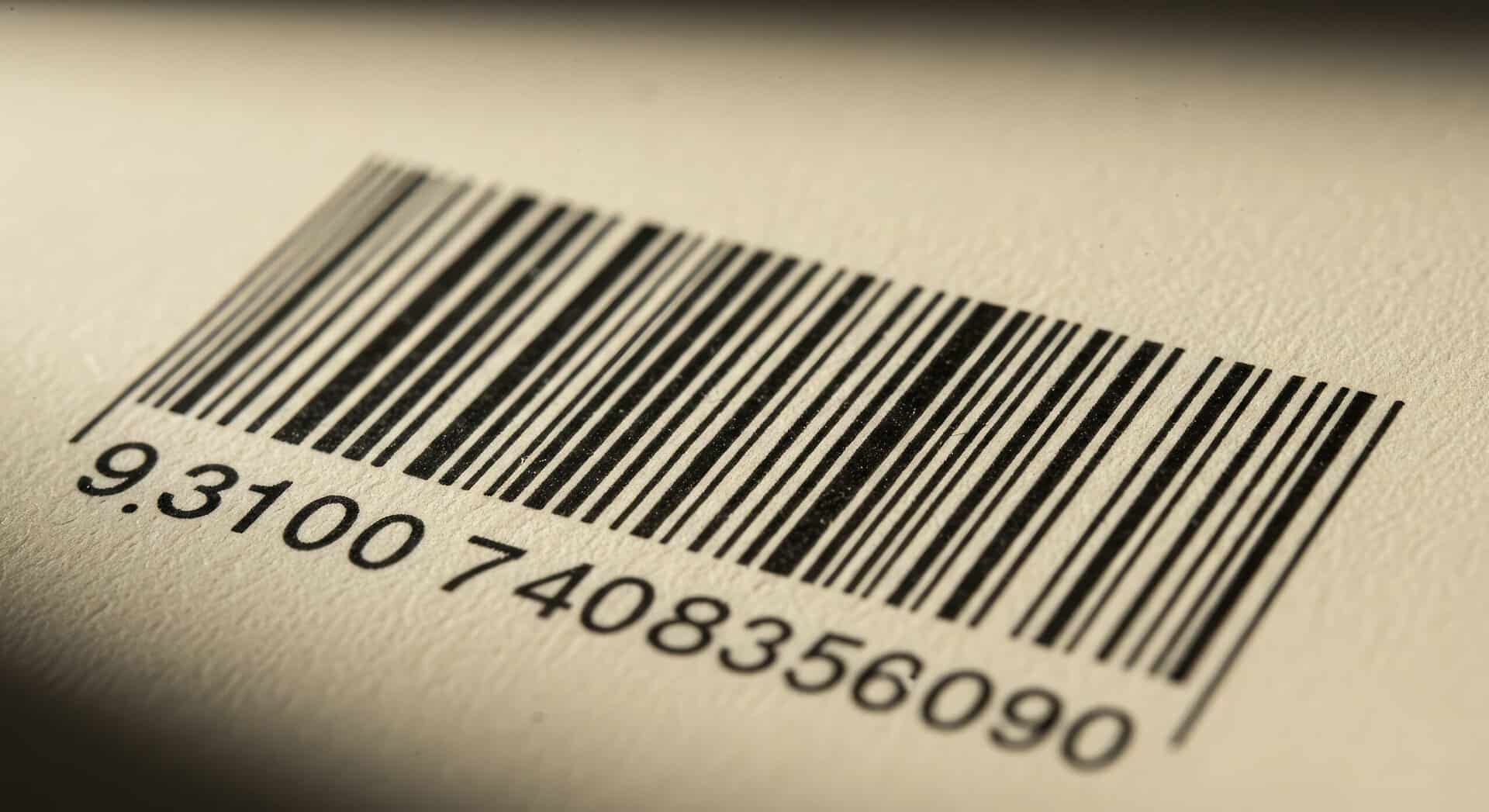Table of Contents
In large container yards, where materials and containers are constantly moving, tracking each container’s location and status can be challenging and prone to human error. Traditional tracking methods, often reliant on manual input or semi-automatic devices, lead to inefficiencies and inaccuracies that complicate container management. Implementing mobile device management solutions can streamline this process by enabling real-time monitoring and more accurate tracking of containers, reducing errors and improving overall operational efficiency.
Active RFID technology offers a solution to these issues by providing a more reliable and automated way to track containers. Unlike older methods such as image processing and pattern recognition—which have recognition rates between 80% and 95% and still require considerable manual effort—Active RFID enables real-time tracking of containers. This technology improves visibility into container movements, including entry, exit, and internal yard movements, thus enhancing overall operational efficiency and accuracy. Yard managers can employ Active RFID to streamline container tracking and improve control processes.
Understanding Active RFID Technology
An Active RFID system includes three main components: a reader, an active tag, and an antenna. Passive RFID tags consist only of an antenna and a microchip and rely on the reader’s signal for power. In contrast, Active RFID tags have their power source, usually a long-life battery. This internal battery enables Active RFID tags to continuously broadcast their data, independent of their proximity to a reader. Active RFID technology leverages this self-powered feature to allow tags to transmit signals at regular intervals, offering greater functionality and range than passive RFID tags. This capability makes Active RFID useful for applications requiring constant and reliable data transmission.
Components of Active RFID Systems
Active RFID systems include several critical components that work together to provide accurate and real-time tracking of assets in logistics and supply chain management. Each component ensures that the system functions effectively, enabling businesses to precisely monitor the location, status, and movement of shipping containers and other assets. Understanding these components is essential for capitalizing on the full capabilities of Active RFID technology in complex logistics environments.
Tags
Active RFID tags are equipped with an internal power source to broadcast signals continuously. These tags can store more data and have a greater range than passive RFID tags, making them essential for tracking large assets like shipping containers over extended distances.
Readers
RFID readers receive the signals transmitted by the active tags. These readers are strategically placed throughout the logistics network to ensure continuous tracking of the containers. They capture the data the tags send and relay it to the central system for processing.
Antennas
Antennas are integral to the RFID system, facilitating tag and reader communication. They amplify the signal strength, ensuring seamless and accurate data transmission even in challenging environments.
How Active RFID Works
To ensure any system operates flawlessly, it must have a dedicated set of tools to perform as intended. This principle applies to RFID tracking systems as well. The core operating principles of an RFID tracking system remain consistent, regardless of what assets you are tracking within your business. The key to success lies in assembling the right combination of tools.
- Signal Transmission: Active RFID tags continuously transmit signals that include the unique identifier and any additional data stored on the tag. This constant transmission ensures that the location and status of each container are updated in real time.
- Data Capture and Processing: The transmitted signals are captured by RFID readers, which then send the data to a central processing system. This system analyzes the data, providing insights into each container’s location, movement, and status. The real-time data helps make informed decisions, optimize the logistics process, and reduce the risk of errors.
The Role of Active RFID in Shipping Container Tracking
Active RFID technology is crucial in optimizing shipping container tracking. It provides real-time location data, improves data accuracy and reliability, and increases visibility throughout the supply chain.
Real-time Location Tracking: Active RFID enables continuous monitoring of shipping containers, allowing businesses to pinpoint their exact location at any given time. This real-time tracking helps prevent delays, reduces the risk of lost or stolen goods and improves overall logistics efficiency.
Enhanced Data Accuracy and Reliability: Active RFID tags ensure that the data collected is up-to-date and accurate by transmitting signals at regular intervals. This reliability is essential for maintaining precise inventory levels and making informed decisions based on real-time information.
Increased Visibility Throughout the Supply Chain: Active RFID systems provide a comprehensive view of the supply chain from the point of origin to the final destination. This increased visibility helps businesses identify potential bottlenecks, optimize routing, and enhance overall supply chain management.
Top 6 Benefits of Active RFID for Logistics
Active RFID technology is crucial in optimizing shipping container tracking by providing real-time location data, improving data accuracy and reliability, and increasing visibility throughout the supply chain. Here are the top six benefits that make it a valuable tool for enhancing efficiency and accuracy in supply chain management:
Automation of Tracking Processes
Active RFID technology automates shipping container tracking, streamlining operations by removing the need for manual scans or data entry. This automation ensures that tracking is accurate and up-to-date, improving the overall efficiency of logistics management.
Reduction in Manual Errors
By automating the tracking process, Active RFID significantly reduces the chances of human error. Manual tracking can lead to mistakes like incorrect data entries or overlooked scans, which can cause disruptions. Active RFID minimizes the risk of these errors, leading to more reliable and consistent operations.
Reduced Labor Costs
Since Active RFID automates many tracking tasks, there is less reliance on manual labor. Reducing the need for manual oversight helps lower labor costs and allows staff to focus on more critical tasks, ultimately increasing productivity.
Minimized Loss and Theft of Containers
Active RFID helps minimize the loss and theft of containers by providing real-time tracking information. Monitoring the location of containers at all times makes it easier to detect and respond to any discrepancies quickly, reducing the likelihood of assets going missing.
Tamper Detection
Active RFID systems include tamper detection features that alert operators if a container has been compromised. This is particularly important for shipments that contain high-value or sensitive goods, ensuring that the integrity of the cargo is maintained throughout the supply chain.
Real-Time Alerts for Unauthorized Access
Another critical benefit of Active RFID is its ability to send real-time alerts during unauthorized access to a container. This feature enhances the security of shipments, providing immediate notification of any potential security breaches and enabling a quick response to prevent further issues.
These benefits demonstrate how Active RFID enhances logistics operations, making processes more efficient, secure, and cost-effective.
Implementation of Active RFID in Logistics
Here’s a closer look at the key stages of implementing Active RFID in logistics:
-
Planning and Preparation
Effective implementation of Active RFID in logistics begins with thorough planning and preparation. This stage involves:
- Assessment of Needs: Evaluate your current logistics processes and identify areas where Active RFID can add value, such as tracking shipping containers, monitoring inventory, or managing assets.
- Defining Objectives: Clearly outline the goals you want to achieve with Active RFID, such as improved tracking accuracy, reduced labor costs, or enhanced security.
- Budgeting: Develop a budget that covers the cost of RFID tags, readers, antennas, software, and any additional infrastructure or training required.
- Selecting Vendors: Choose reliable RFID technology providers and suppliers who offer compatible components and support services.
-
Integration With Existing Systems
Integrating Active RFID with existing logistics systems is crucial for a seamless transition. Key steps include:
- System Compatibility: Ensure the Active RFID system is compatible with your current logistics management software and IT infrastructure. This may involve updating or upgrading existing systems to facilitate integration.
- Data Synchronization: Align the RFID system with your inventory and asset management databases. This involves configuring the RFID software to synchronize data and ensure that information from RFID tags is accurately reflected in your system.
- Workflow Alignment: Modify your existing workflows to incorporate RFID tracking processes. This might include updating procedures for scanning, data entry, and reporting to align with the capabilities of the new RFID system.
-
Deployment Process
Deploying an Active RFID system involves several critical steps to ensure successful implementation:
- Pilot Testing: Conduct a pilot test to evaluate the performance of the RFID system in a controlled environment. This allows you to identify issues and make necessary adjustments before full-scale deployment.
- Training: Provide training for staff on how to use the new RFID technology, including how to operate RFID readers, interpret data, and handle any technical issues. Proper training ensures that employees are comfortable with the new system and can use it effectively.
- Full-Scale Rollout: Implement the RFID system across all relevant areas of your logistics operations. This includes installing RFID tags on containers, setting up readers and antennas at critical locations, and integrating the system with your operational processes.
- Monitoring and Support: After deployment, continuously monitor the performance of the RFID system and address any issues that arise. Provide ongoing support to ensure the system’s functionality and practical ability to meet your logistics needs.
The Lowry Solutions Advantage: Pioneering Excellence in RFID Technology and Logistics
Implementing Active RFID in logistics transforms your supply chain management, providing unparalleled real-time visibility, security, and operational efficiency benefits. By leveraging RFID technology, businesses can streamline operations, reduce costs, and enhance overall performance.
Optimizing your logistics and transportation operations is essential in an industry where every second counts. Lowry Solutions offers cutting-edge RFID and barcode technology to streamline your processes, reduce costs, and enhance accuracy. Our proven solutions ensure your vehicles are always on track, deliveries are timely, and your supply chain is secure.
Join the ranks of industry leaders who trust Lowry Solutions for their RFID needs. Let us help you transform your logistics operations with our 49 years of expertise and commitment to innovation. Contact us today at 888-881-2477 to request a quote or to learn more about how our RFID and barcode systems can drive your success.
Request a Quote | Contact Us | Learn More
Transform efficiency, reduce costs, and ensure timely deliveries with Lowry Solutions. Your logistics future starts now.
Frequently Asked Questions
How Does Lowry Solutions Ensure the Reliability of Its RFID Tracking Systems?
Lowry Solutions prioritizes reliability in its RFID tracking systems through several key measures:
- Advanced Technology: We utilize the latest RFID technology and adhere to industry standards to ensure robust and accurate tracking.
- Rigorous Testing: Our systems undergo extensive testing and quality assurance to perform reliably in various environments.
- SOC2 Compliance: Our solutions are SOC2-compliant, ensuring stringent security and reliability standards are met.
- 24/7 Support: We offer tier 2 and 3 support from experienced technicians available around the clock to address any issues promptly.
What Types of RFID Tags Does Lowry Solutions Offer, and Which One Is Best for My Needs?
Lowry Solutions offers a variety of RFID tags designed to meet different operational needs:
- Passive RFID Tags: Ideal for general applications with lower costs and longer lifespan, suitable for environments without power sources.
- Active RFID Tags: Equipped with their own power source, these tags provide longer read ranges and are ideal for high-value asset tracking and real-time location services.
- Semi-Passive RFID Tags: Combining features of both passive and active tags, these are suitable for environments requiring both extended read ranges and battery-powered functions.
The best tag for your needs depends on factors such as the distance you need to read the tags, environmental conditions, and the value of tracked items. Our experts can help you select the right type based on your requirements.
Yes, Lowry Solutions specializes in integrating RFID technology with your existing logistics and supply chain management systems. Our team works closely with you to ensure seamless integration, which includes:
- System Assessment: Evaluating your current systems and workflows to identify integration opportunities.
- Custom Solutions: Developing tailored integration solutions to ensure seamless compatibility and enhance your existing processes.
- Implementation: Managing the integration process to minimize disruption to your operations.
- Ongoing Support: Offering continuous maintenance and support to resolve any issues after integration.
What Kind of Support and Training Does Lowry Solutions Provide for Implementing RFID Systems?
Lowry Solutions offers comprehensive support and training to ensure successful implementation of RFID systems:
- Training Programs: We provide detailed training sessions for your team, covering system operation, maintenance, and troubleshooting.
- Implementation Support: Our experts assist with installing and configuring RFID systems to ensure a smooth setup.
- Documentation: Access to user manuals, online resources, and FAQs for self-help.
- Ongoing Support: Our support team is available 24/7 for any technical assistance, including system updates and problem resolution.
How Can I Measure the ROI of Implementing RFID Technology With Lowry Solutions?
Measuring the ROI of RFID technology involves evaluating the benefits against the costs. Here are key metrics to consider:
- Operational Efficiency: Assess improvements in efficiency, such as reduced manual scanning time and faster inventory turnover.
- Cost Savings: Calculate savings from reduced labor costs, minimized errors, and decreased loss of goods.
- Enhanced Accuracy: Measure the reduction in inventory management errors and order fulfillment errors.
- Customer Satisfaction: Evaluate delivery times and accuracy improvements, which can lead to higher customer satisfaction and retention.Lowry Solutions can help you track these metrics through customized reporting and analytics tools, providing insights to quantify the ROI of your RFID investment.


